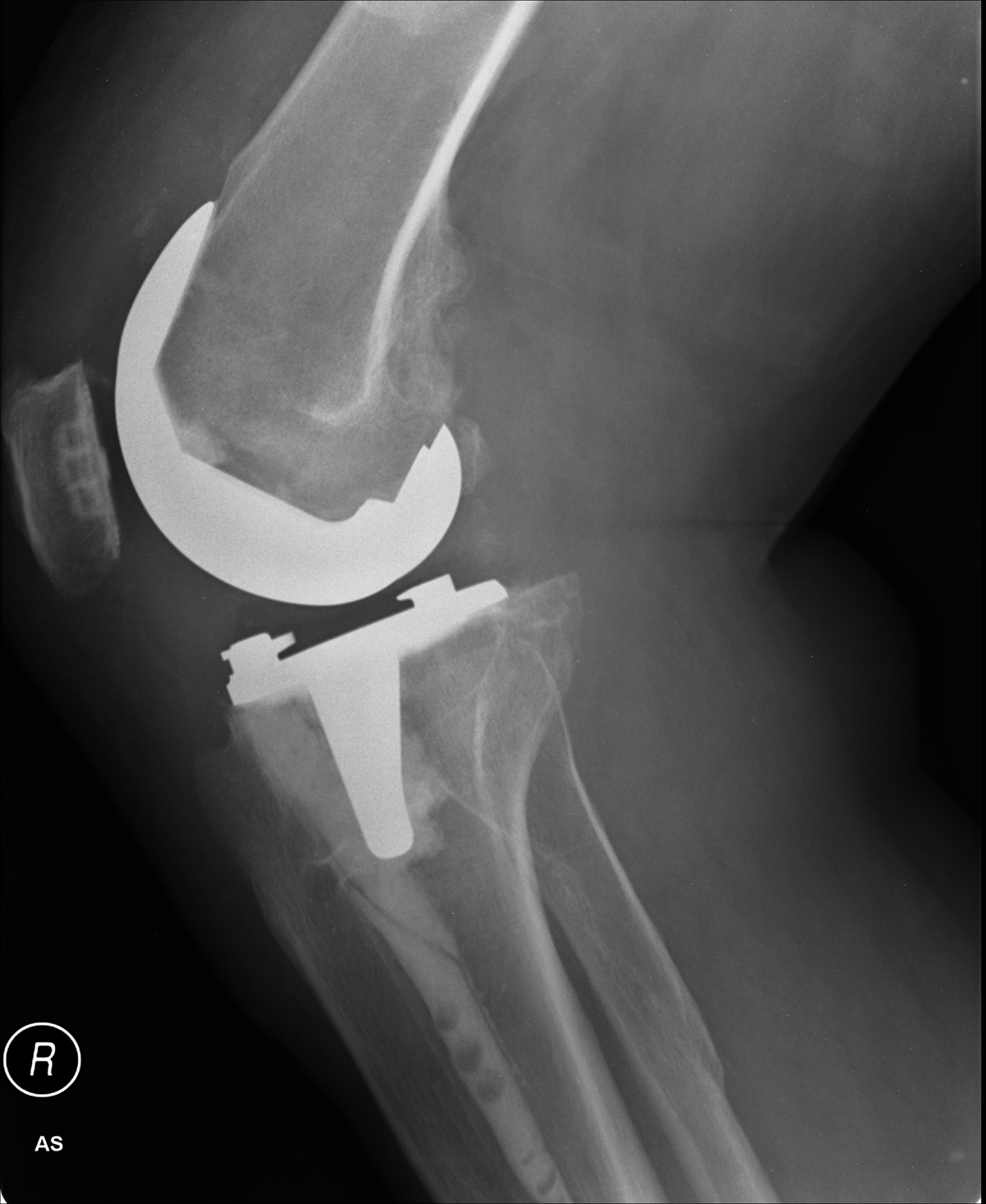
Meniscus Surgery
Meniscus is a semi circular fibrocartilaginous structure which is located in the knee, acromioclavicular, sternoclavicular and temporomandibular joint. It resembles crescent and its primary function is to lessen the friction which typically occurs during joint movements. In the knee repetitive movements, as well as torsion and frequent twisting may cause meniscus tear. This injury predominantly affects athletes. The surgical repair of torn meniscus is preformed only if conservative methods do not lead to improvement of symptoms.
Prior the surgery the patients need to strengthen the muscles of the knee. The exercises that are performed are actually helpful for fast and successive recovery after the surgery. Muscles of the knee require strengthening since they tend to weaken after the injury and in neglected cases some of them are even atrophic.
Meniscus Surgery Recovery Time
Meniscus surgery does not require prolonged hospitalization since it is performed on an outpatient basis. The operated knee is usually wrapped in an elastic bandage.
The patient must use crutches after the surgery. They are commonly used for a couple of days if the patients have undergone a simple meniscectomy. The general recommendation is that the operated knee must not carry any weight for 4 to 6 weeks after the surgery. In case that meniscus has been transplanted, during this period of time only toes of the operated leg can touch the ground. Many patients wear a knee brace for approximately 4 weeks. The brace keeps the knee in the straight positions and does not allow bending. The leg is supposed to be elevated since this position prevents excessive swelling.
Rehabilitation after meniscus surgery is crucial. The process of rehabilitations varies according to the type of surgery. Formal physical therapy is not required after partial meniscetomy. These patients exercise at home. In case of outpatient physical therapy patients attend therapy sessions for about 4 weeks.
Surgeons advise patients to engage in formal physical therapy. Initial physical treatments help the patients to cope with pain and swelling. The patients are also taught to put only a safe amount of weight on the operated leg. Furthermore, physical therapy improves the knee's range of motion and strengthens the surrounding muscles. The goal of rehabilitation is to get the knee to bend to 90 degrees within certain period of time. The complete recovery is in majority of patients achieved after three months. However, squatting is forbidden for at least three to four months after the surgery and running, jumping and twisting of the knee should be avoided for approximately six months.







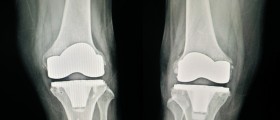


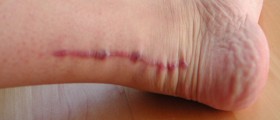
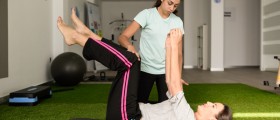

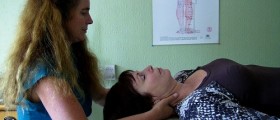
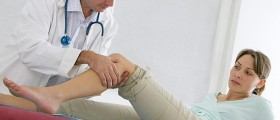


Your thoughts on this
Loading...